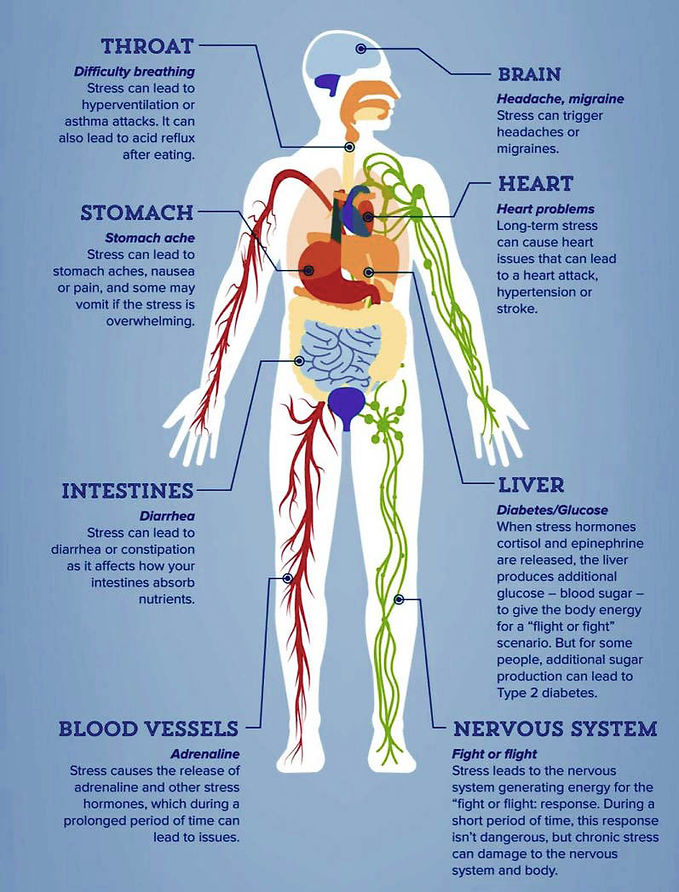What is Somatic Experiencing®?
THE HISTORY
Somatic Experiencing (SE™) is a body-oriented therapeutic model applied in multiple professions and professional settings—psychotherapy, medicine, coaching, teaching, and physical therapy—for healing trauma and other stress disorders. It is based on a multidisciplinary intersection of physiology, psychology, ethology, biology, neuroscience, indigenous healing practices, and medical biophysics and has been clinically applied for more than four decades. It is the life’s work of Dr. Peter A. Levine.
The SE approach releases traumatic shock, which is key to transforming PTSD and the wounds of emotional and early developmental attachment trauma. It offers a framework to assess where a person is “stuck” in the fight, flight or freeze responses and provides clinical tools to resolve these fixated physiological states. SE provides effective skills appropriate to a variety of healing professions including mental health, medicine, physical and occupational therapies, bodywork, addiction treatment, first response, education, and others.
THE SCIENCE
Trauma may begin as acute stress from a perceived life-threat or as the end product of cumulative stress. Both types of stress can seriously impair a person’s ability to function with resilience and ease. Trauma may result from a wide variety of stressors such as accidents, invasive medical procedures, sexual or physical assault, emotional abuse, neglect, war, natural disasters, loss, birth trauma, or the corrosive stressors of ongoing fear and conflict.
HOW IT WORKS
The Somatic Experiencing approach facilitates the completion of self-protective motor responses and the release of thwarted survival energy bound in the body, thus addressing the root cause of trauma symptoms. This is approached by gently guiding clients to develop increasing tolerance for difficult bodily sensations and suppressed emotions.
Dr. Levine was inspired to study stress on the animal nervous system when he realized that animals are constantly under threat of death, yet show no symptoms of trauma. What he discovered was that trauma has to do with the third survival response to perceived life threat, which is freeze. When fight and flight are not options, we freeze and immobilize, like “playing dead.” This makes us less of a target. However, this reaction is time-sensitive, in other words, it needs to run its course, and the massive energy that was prepared for fight or flight gets discharged, through shakes and trembling. If the immobility phase doesn’t complete, then that charge stays trapped, and, from the body’s perspective, it is still under threat. The Somatic Experiencing method works to release this stored energy and turn off this threat alarm that causes severe dysregulation and dissociation. SE helps people understand this body response to trauma and work through a “body first” approach to healing.
-Credit: https://traumahealing.org

What this means for you
Somatic experiencing is a form of somatic therapy and a “body-centered” therapeutic approach. It’s most often used to help people overcome symptoms tied to trauma, since it may allow someone to become “unstuck” in the fight, flight or freeze response.
Another way to describe trauma is “incidents that make you believe you are in danger of being seriously injured or losing your life.” According to Harvard Health Publishing, examples of trauma can include:
-
physical abuse
-
sexual abuse
-
emotional abuse
-
physical neglect
-
emotional neglect
-
witnessing domestic violence
-
substance misuse within the household
-
mental illness within the household
-
parental separation or divorce
-
incarceration of a household member
-
a sudden death in the family
-
a stressful divorce
-
caring for someone with a chronic or debilitating illness
Here are some of the core principles behind somatic therapy/somatic experiencing:
-
The mind and body are connected, so whatever is felt in the mind is thought to also show up in the body.
-
SE involves a patient working on feeling physical sensations in the body that are tied to past traumatic events, rather than only thinking through the events and emotions that were felt. The purpose is to access the body memory of the event, not the story itself.
-
Repressed memories are thought to be capable of continuing to impact the body physically, even when memories are forgotten. Until a memory is fully felt and processed, it will continue to do damage.
-
The main goal therefore is to begin experiencing present moments again.
What does a somatic therapist do?
A somatic therapist (or coach) educates patients about how their autonomic nervous systems work and helps them increase their awareness of their own bodily sensations.
As a practitioner of “body psychotherapy,” the therapist talks to his/her patient about what exactly is being experienced and perceived in the body.
The therapist also acts as a trusted partner and calm presence during sessions, which can feel stressful and overwhelming for the patient at times. Overall the therapist’s goal is to help decrease the distress and symptoms that the patient is feeling so she/he can experience improved coping skills and quality of life.
What happens in a somatic experiencing session?
The goal of SE therapy sessions is to release traumatic activation through increased tolerance of bodily sensations and related emotions.
SE integrates body awareness into the psychotherapeutic process, which is what makes it unique. Sessions focus on creating awareness of inner physical sensations, which are seen as the carriers of the traumatic memory.
Unlike other approaches, such as exposure therapy, SE does not require reliving the traumatic events and discussing them in detail. Instead, patients learn to monitor their own arousal through body awareness and relaxation techniques.
SE therapists help their clients move between aroused states and calmer states. Sessions usually involve purposefully triggering low‐level autonomic nervous system activation, tracking bodily reactions and then working on dissipating the reactions.
Techniques and mechanisms that are used to help a patient self-regulate arousal include:
-
Titration, which helps keep arousal at a low level during the processing of traumatic triggers.
-
Pendulation, which describes balancing between regulated parts in the body and dysregulated parts.
-
Discharge, which involves dissipating arousal.
-
Relaxation techniques, including breathing exercises and visualization.
Credit: DRAXE

